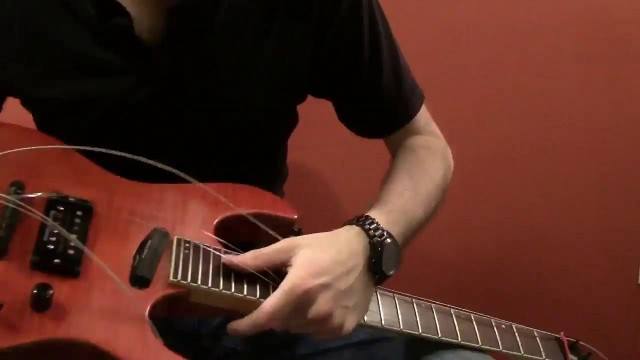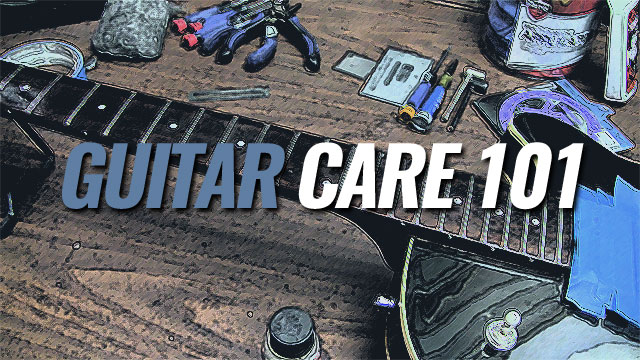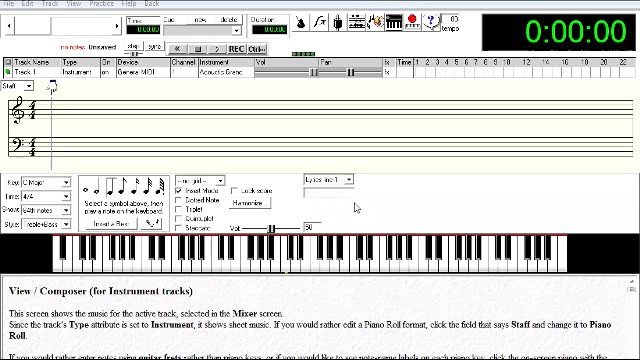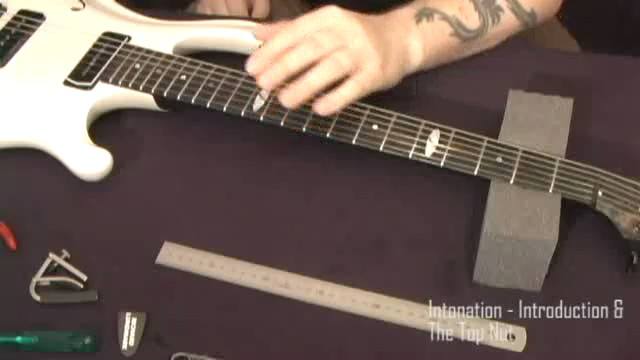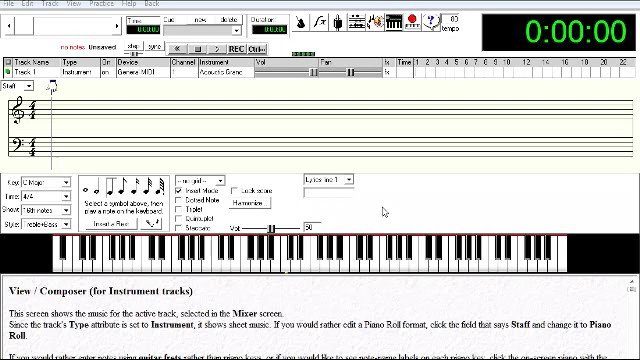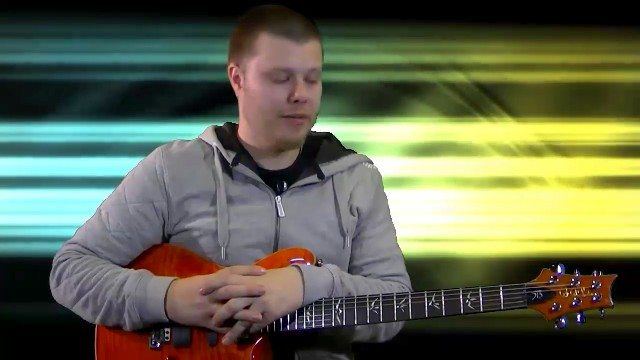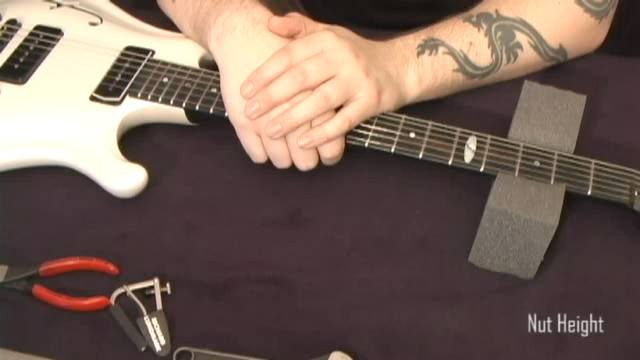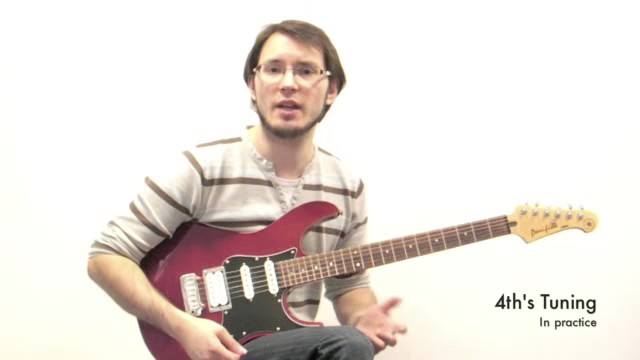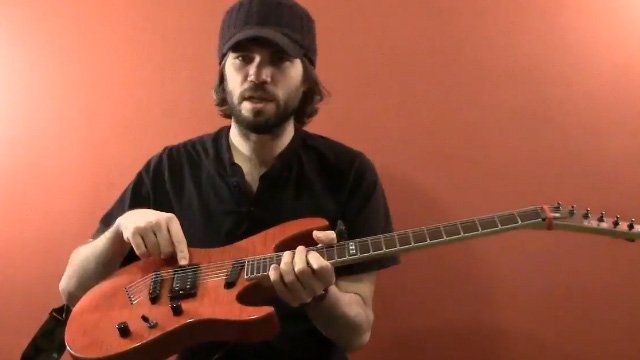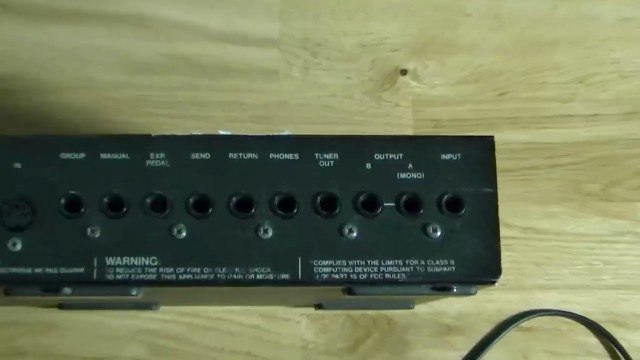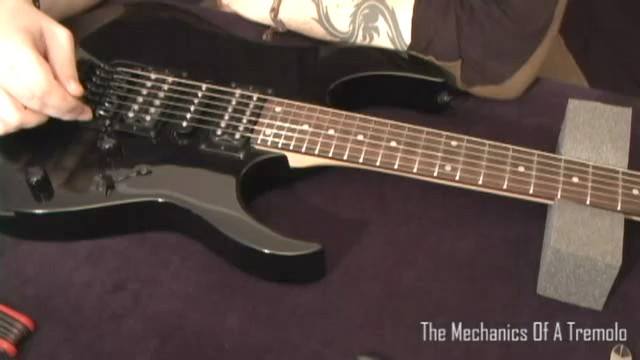So now that we understand the basics of how to locate a note, let's try arranging some notes in a more musical context...
Below, (Exercise 1) we see a single line with two numbers, 0 and 1. What the line represents is our first string (the "skinny" E", and what the numbers represent are which frets we will play on that string. The one number that usually confuses people in the beginning is "0". Just think of it as an O for "open" - open meaning picking a string without actually fretting it. So in Exercise one, we're basically playing the first string open, and then by placing our first finger on the first fret, we pick the string again and sound a new note, this repeats three more times.
In Exercise 2, much in the same "pattern", we're playing a lower note, and then a higher note, repeated 4 times. This time, however, we'll be playing two fretted notes - first fret and third fret. If you feel brave, try using more than just the index finger, try incorporating the third finger when switching to the third fret - this will allow for a much smoother transition.
Exercise 3 takes it one step further; see if you can play these notes in succession without reading ahead to my descriptive break-down of what's happening.
In a nutshell, we're starting with an open first string, then we fret and pick the third fret, fret and pick the fifth fret, fret and pick the third fret again, and then repeat.
This form of guitar notation is referred to as "tablature".
Tablature is a vital part in the learning process as it's the most efficient way to get our hands on the fret-board and actually playing. It's fairly simplistic and opens up a huge array of possibilities when it comes to learning the music that YOU want to learn.





